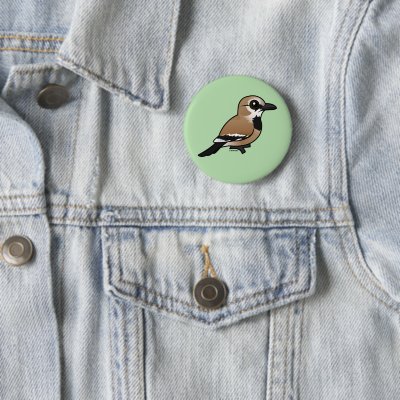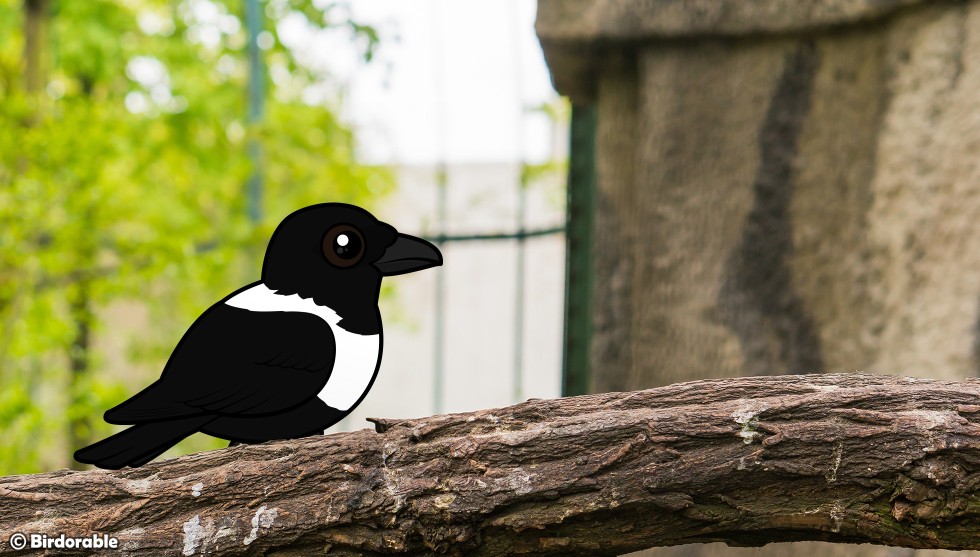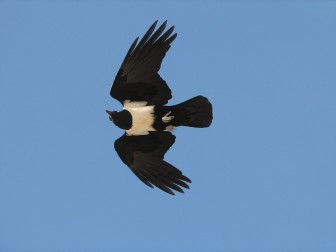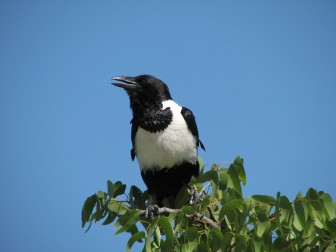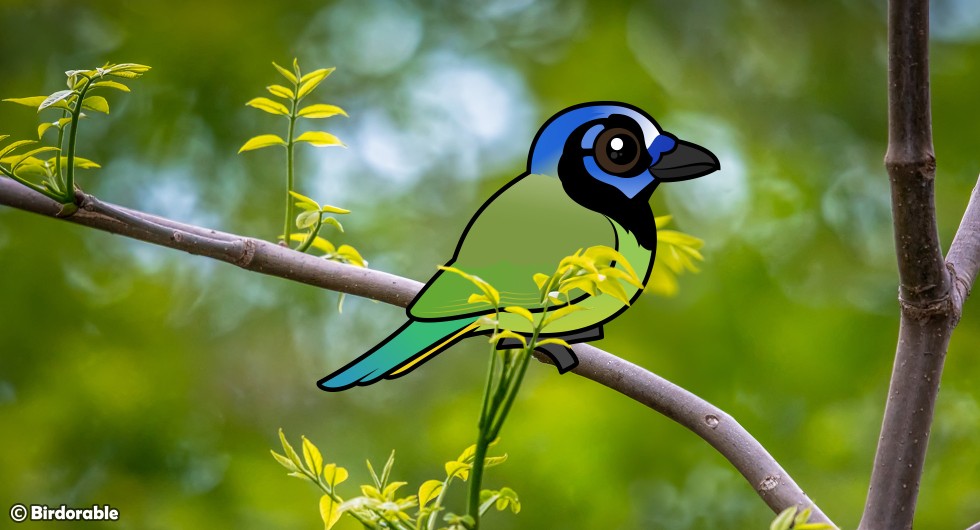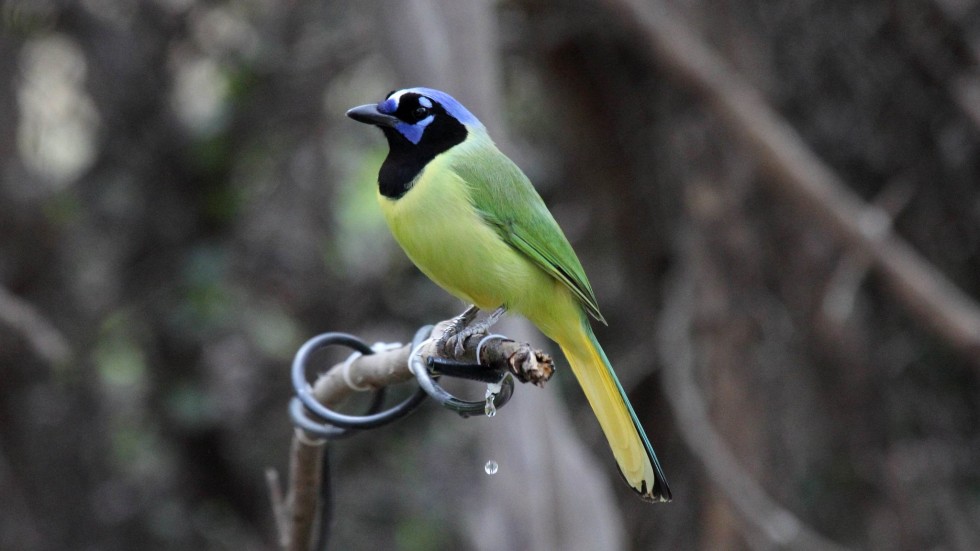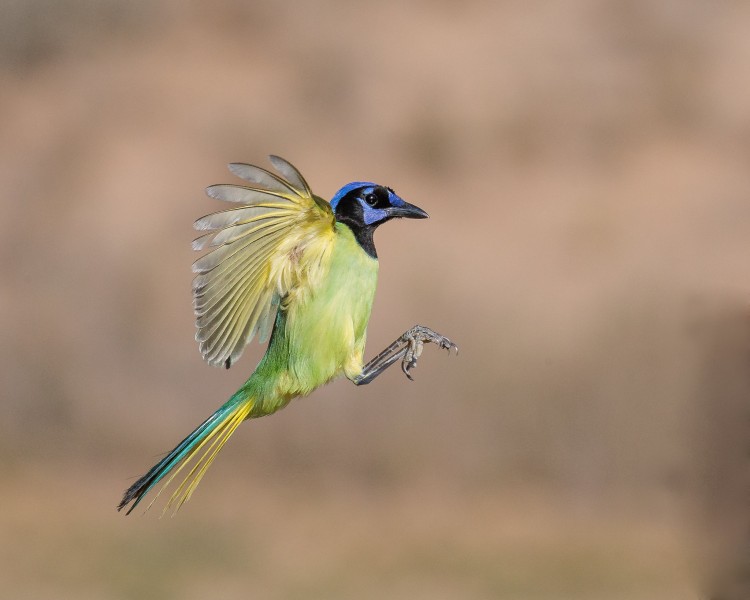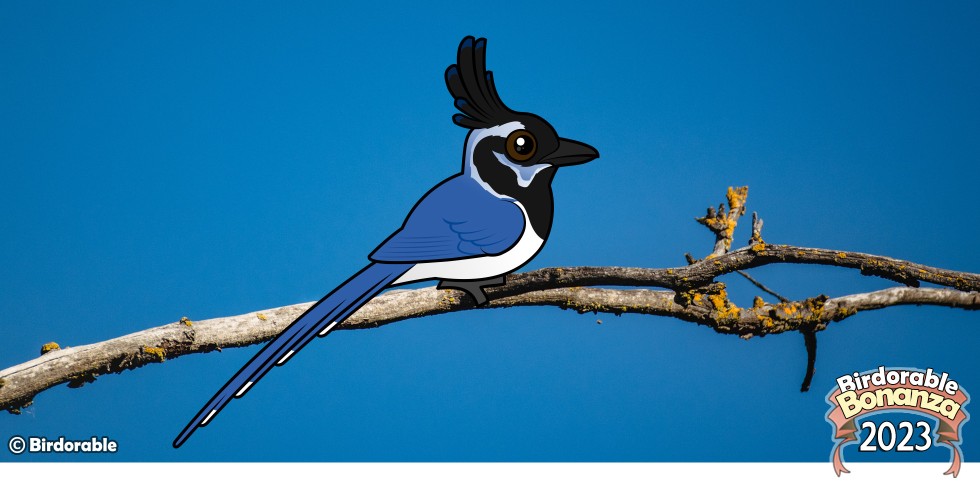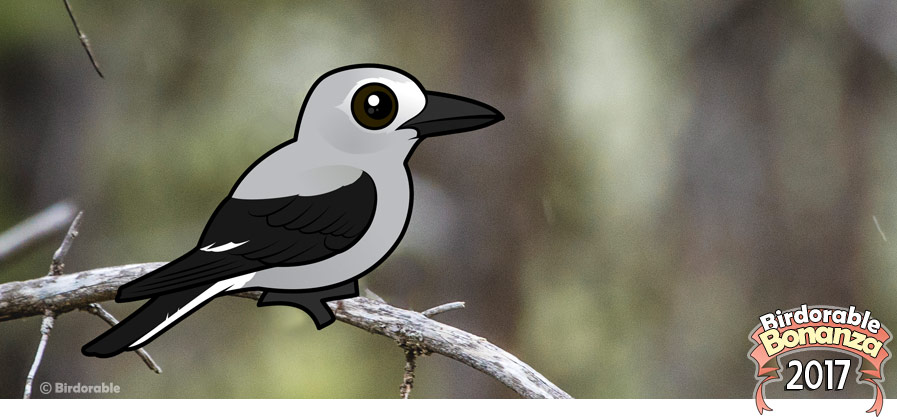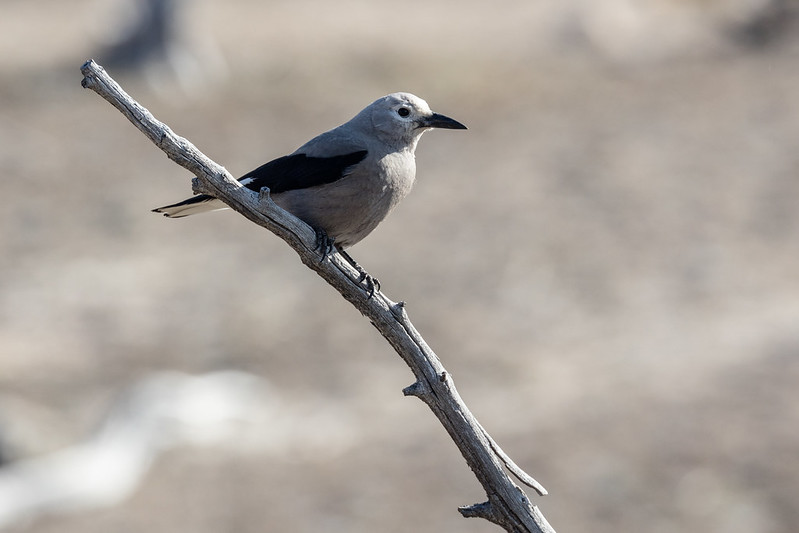2024 Birdorable Bonanza Bird #8
The Unique World of the Desert Endemic Iranian Ground Jay
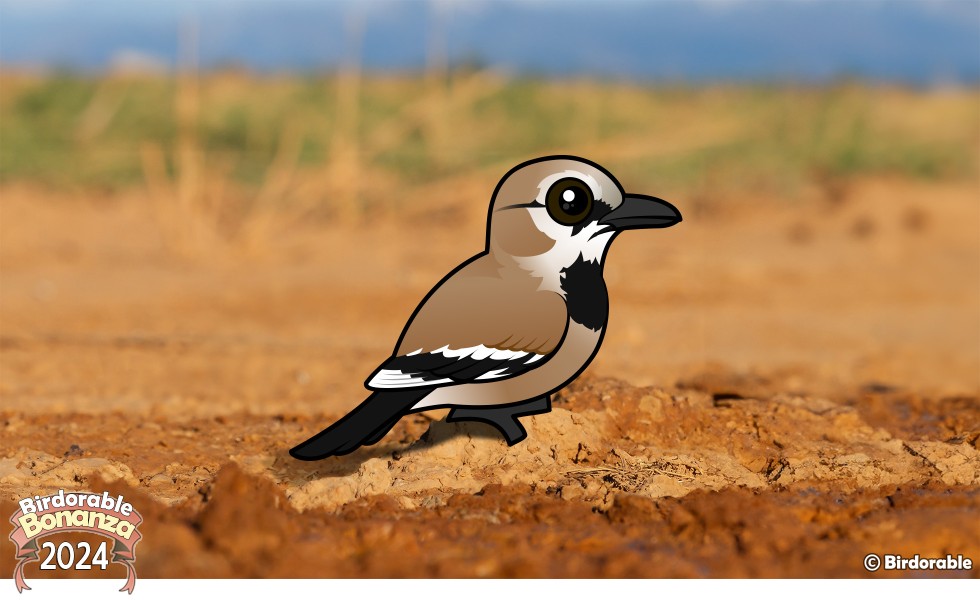
Today we add a desert endemic to Birdorable: it's the Iranian Ground-Jay!
The Iranian Ground-Jay, also known as the Persian Ground Jay or Pleske's Ground-Jay, is a fascinating and elusive bird native to the arid deserts and semi-arid steppes of Iran. This endemic species is part of the corvid family, which includes crows and magpies, but it stands out for its unique behavior and preference for life on the ground rather than in the trees.
Measuring about nine and a half inches in length, the Iranian Ground-Jay has a striking appearance. It sports pale sandy-brown plumage that blends perfectly with its desert environment, along with a black mask-like patch around its eyes and a long, slightly curved black beak. Its wings are adorned with white and black markings, adding a touch of contrast when the bird takes flight.
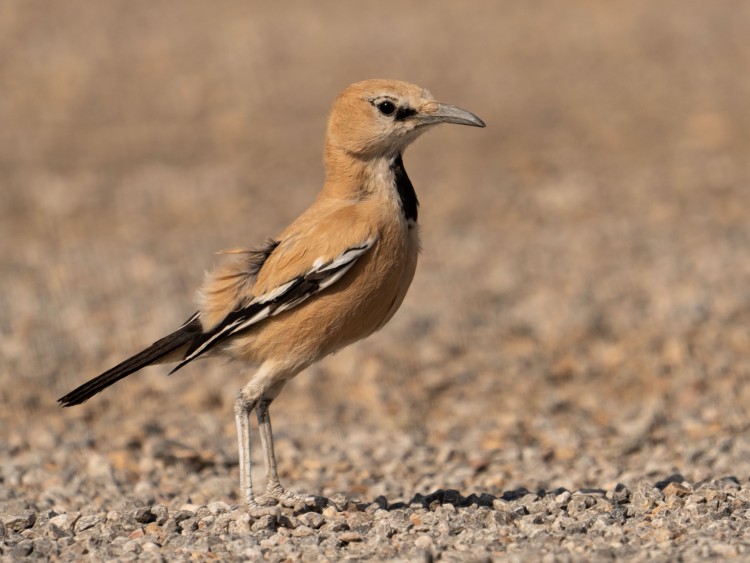
Iranian Ground-Jay by moosa_mazinanian [CC-BY]
This ground-dwelling bird is well-adapted to its harsh environment. It primarily forages on the ground, searching for insects, seeds, and other small food items. Its strong legs allow it to hop and walk nimbly across the sandy terrain. Although it is capable of flight, the Iranian Ground-Jay spends most of its time on the ground, where it is highly agile and efficient at finding food.
The Iranian Ground-Jay is known for its territorial and often secretive nature, which makes it a challenge to observe in the wild. However, during the breeding season, which typically occurs in the spring, pairs become more active and vocal. They construct their nests in low shrubs, using twigs and other plant materials.
This species is endemic to Iran, making it one of the country’s avian treasures. Its preferred habitat includes sparsely vegetated desert plains and rocky outcrops. Despite its limited range, the Iranian Ground-Jay is currently listed as Least Concern by the IUCN, though habitat degradation and climate change could threaten its populations in the future.
Birdorable Iranian Ground-Jay Gifts
Get ready for tomorrow’s Birdorable Bonanza reveal! Like today's species, tomorrow's cutie has a country as part of its name. This bold birdie is the national avian species of a South American country and dazzles with its vibrant orange, black, and white plumage and melodious songs. Can you guess what it is? Check out the silhouette and share your guesses below! 🤔









